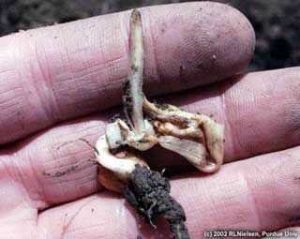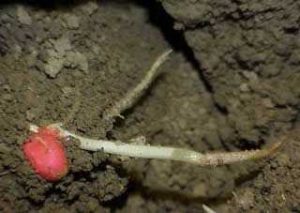Phil Long walks through how to take a stand count and the importance of checking planter performance. Tune in to learn more! #LathamSeeds
-
Latham Hi‑Tech Seeds
Stand Counts & Planter Performance
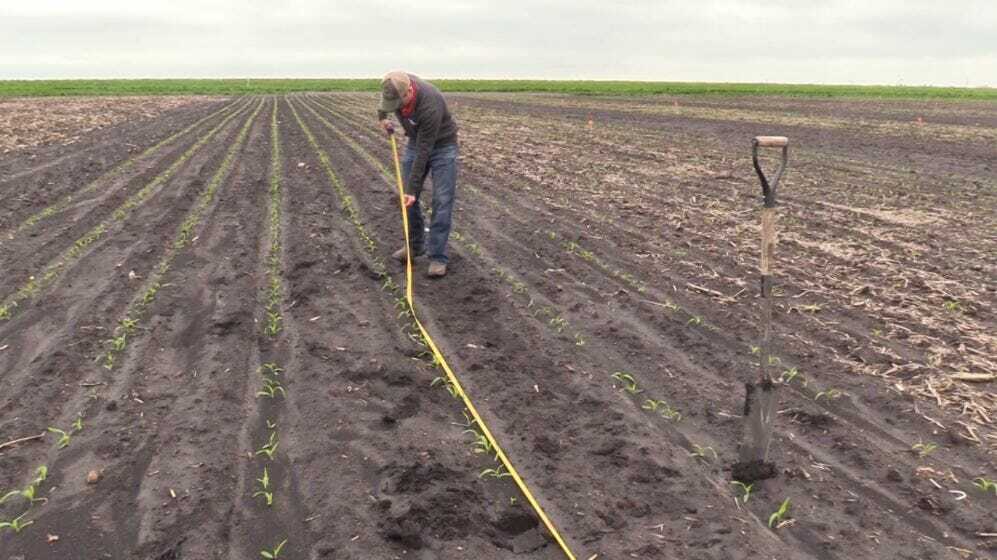 :30 — Welcome:54 — Topic introduction2:00 — Take a stand count4:00 — Planter performance5:30 — Furrow closure
:30 — Welcome:54 — Topic introduction2:00 — Take a stand count4:00 — Planter performance5:30 — Furrow closure -
Latham Hi‑Tech Seeds
Corn Scouting Checklist: Post-Emergence

 Early season scouting can help fine-tune practices for in-season crop management and for the next year’s growing season. Our Corn Product Manager, Lyle Marcus, has created a scouting checklist for you to take to the field.
Early season scouting can help fine-tune practices for in-season crop management and for the next year’s growing season. Our Corn Product Manager, Lyle Marcus, has created a scouting checklist for you to take to the field.- Planting Furrow
- Did the planting furrow close well?
- Is there any sidewall compaction created from wet soils?
- What can be improved for next season?
- Uniform Emergence Across the Field
- Is the planting depth correct?
- Was seed placed in dry soil in some areas of the field?
- Identify the Growth Stage
- First leaf, sometimes called the ‘True Leaf’ has a rounded tip. All others that follow have pointed tips and a leaf collar where the base of the leaf attaches to the stem/stalk. Always count the true leaf in your staging. For example, three leaves with collars plus the True Leaf is 4-leaf corn.
- Correct staging is very important for herbicide applications.
- Soil-Borne Insects
- Any seedling damage present?
- Use a corn pest management calendar to gauge approximate timing that different insects will begin to emerge.
Note: Many soil-borne insects are controlled by seed treatment, but one big threat can be cutworm. Black cutworm can be devastating to a stand of young plants, but careful monitoring allows timely insecticide treatment to reduce size of affected areas.
- Fertilizer Injury
- N or K fertilizers with high salt content can damage young roots. If found, what can be done to prevent the issue in the future? One suggestion is placement – final spring tillage pass can incorporate this evenly in soils.
- Anhydrous injury
- Did planting occur at the application pass and how do you prevent next season?
- When side-dressing, escaping gasses will kill leaf tissue. If preparing to side-dress, be sure soil is in proper condition to seal well.
- Pre-emerge Herbicide
- Scout for weed escapes. What follow-up applications are needed? Keep crop staging in mind for many of the available post options.
Keep these notes for next season. In-season note taking will point you in the right direction for the next cropping season. Give us a call with any questions at 1-877-GO-LATHAM – we are happy to help!
- Planting Furrow
-
Latham Hi‑Tech Seeds
Frost Damage in Corn & Soybeans
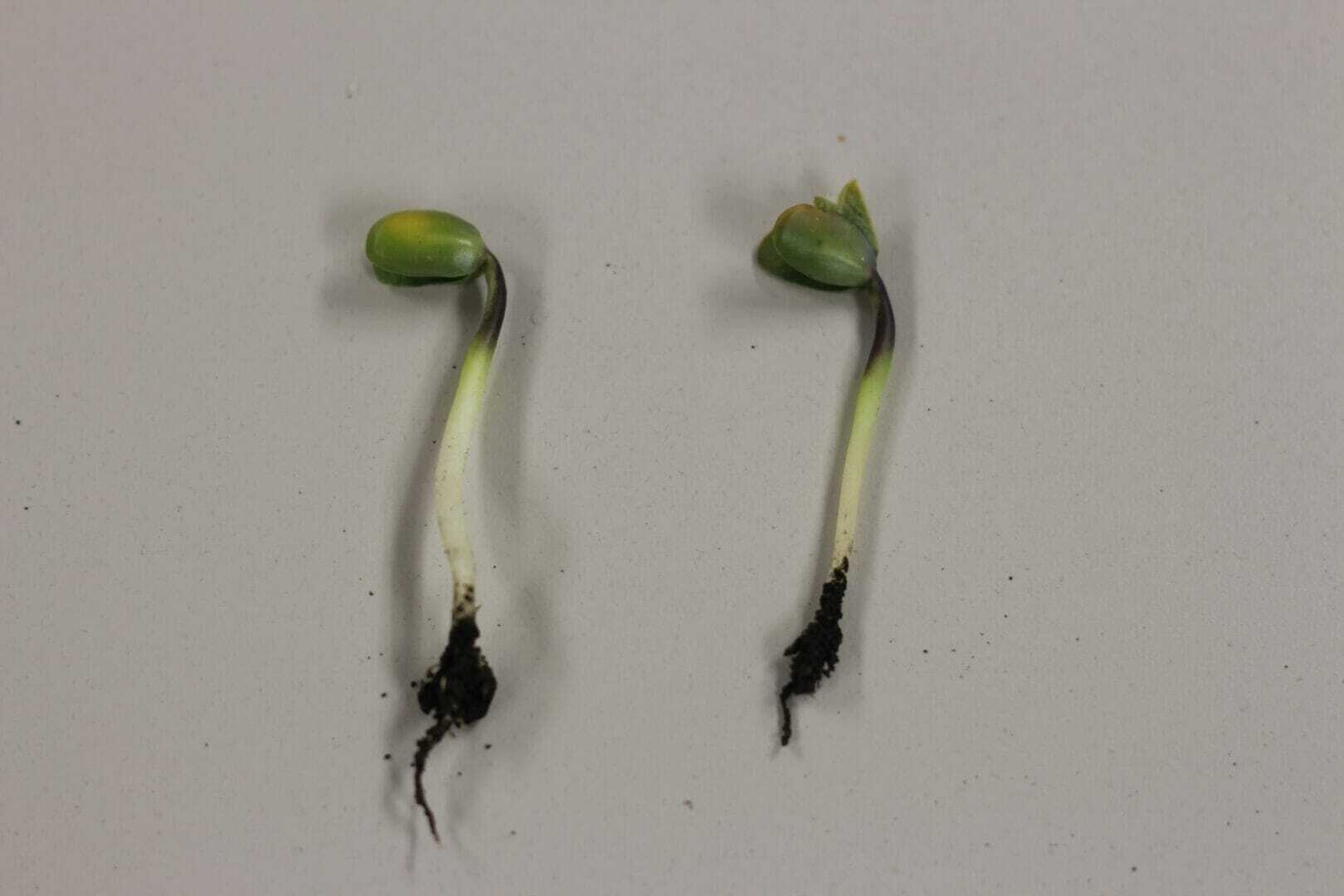 Phil Long discusses the implications of an early-season frost in both corn and soybeans. Tune in to learn if your crop was affected. #LathamSeeds:15 — Welcome:35 — Topic introduction & indicating factors3:30 — Frost damage in corn8:50 — Frost damage in soybeans
Phil Long discusses the implications of an early-season frost in both corn and soybeans. Tune in to learn if your crop was affected. #LathamSeeds:15 — Welcome:35 — Topic introduction & indicating factors3:30 — Frost damage in corn8:50 — Frost damage in soybeans -
Latham Hi‑Tech Seeds
Early Season Frost or Freeze Damage in Corn

The virtue of patience is most beneficial when the time comes to assess frost or freeze damage in early-season corn. Once a frost or freeze event takes place, do an initial assessment of your field and wait 3-5 days before making any final decision on how to proceed. Young corn plants can tolerate cool temperatures up to V5 since the growing point is still below the soil surface. Early season damage caused by the cold temps does not show up immediately as the cells that get broken from the freezing moisture inside the plant may look normal the first morning after a freeze. Depending on the actual low temperatures, symptoms may take a day or so to appear.
Frost Damage Assessment
- Identify Location – Note field locations that experienced the cold temperatures. Also note the lay of the land in those fields such as low spots, hill tops, general slope direction.
- Soil Moisture – Record the soil moisture levels across the entire fields, possible dry hill tops and wetter low areas. Moist soil can offer some protection.
- Soil Temperature – Check soil temp in different location across the field.
- Soil Type – Be conscious of the soil type. Sandy soil cools much faster than silty or clay soils.
- Weather Data – Utilize location weather station info to determine the lowest temperature and duration of that temperature.
Frost Damage

Corn at V4 damaged from frost event. Above-ground tissue is dead (brown) but the growing point was still below-ground and is alive (white-yellow tissue) Young corn plants can tolerate some low temperatures and still survive and achieve high yields. The growing point of the plant remains under the soil until the plant reaches V5. At this stage, you will see five leaf collars showing around the stem. You may have more leaves visible, so count the collars for accurate assessment of crop stage. Low temperatures that do not fall below 30 degrees generally just damage the exposed leaves and do not hurt the growing point. However, recovery of these plants may take some time (up to a full week) depending on weather after the frost. Below is a photo from the Iowa State University Integrated Crop Management newsletter showing a viable growing point after a frost event.
Frost Damage Management
- Wait 3 to 5 days with temps above 70 degrees. Wait even longer with lower temperatures.
- Assess percentage of damaged plants and survival rate prior to any replant decision.
- Allow plants to recover prior to any herbicide or fertilizer applications, this may take a week to 10 days.
- Note the amount of leave tissue lost and how it will affect your crop staging.
- Loss of two leaves in 4 leaf corn will still be classified as V4. This becomes important for later application of herbicides. Keep the leaf loss in mind when staging corn for later applications to assure you are not past a window that may cause herbicide injury.
Freeze Damage
If you experience low temperatures of 28 degrees or lower for a prolonged period of time, most all the plants in a field will show significant damage. These extended low temperature situations become more critical for assessment. You may see variation across a field due to soil type, soil moisture content or the amount of residue on the field. Corn damaged by a hard freeze will still need patience for assessment. Assess all fields after hard freezing temperatures, even those that have not emerged yet. Check soil temps at 2” level soon after a freeze for a sound understanding of the scope of damage to a field.
Freeze Damage Assessment
- Soil Temps – Check soil temps at 2” level in multiple locations of the damaged field to gain knowledge of how widespread the damage has occurred. This needs to be recorded early.
- Patience – Wait 3-5 days to allow the full expression of effects of the freeze.
- Plant Tissue – Slice open young plants and observe the growing point. Brown and water-soaked tissue vs white or green tissue. See earlier photo for viable plant.
- Dig Un-emerged Seeds – Hard kernels remain viable while soft/mushy kernels will not germ or have the energy to push the sprout through the soil.
The photo on the left shows leafing out underground due lack of energy of seedling. The photo on the right shows damage to the coleoptile that will result in shoot not having capacity to push through the soil. Photo courtesy of RL Nielsen, Purdue Univ.
Freeze Damage Management
- Wait 3 to 5 days with temps above 70 degrees, longer if lower temps.
- Slice open emerged plants and determine percentage of population damaged.
- Dig up un-emerged seedlings and kernel assess viability and determine percentage of population damaged.
- If stand damage is substantial, assess the costs and benefits of leaving the stand versus replanting.
Patience is key when assessing damage from a frost or freeze event. If you allow time for the crop to respond to the event, you will make better decisions for that damaged field.
-
Latham Hi‑Tech Seeds
Ask The Agronomist: Herbicide Performance & Dry Conditions
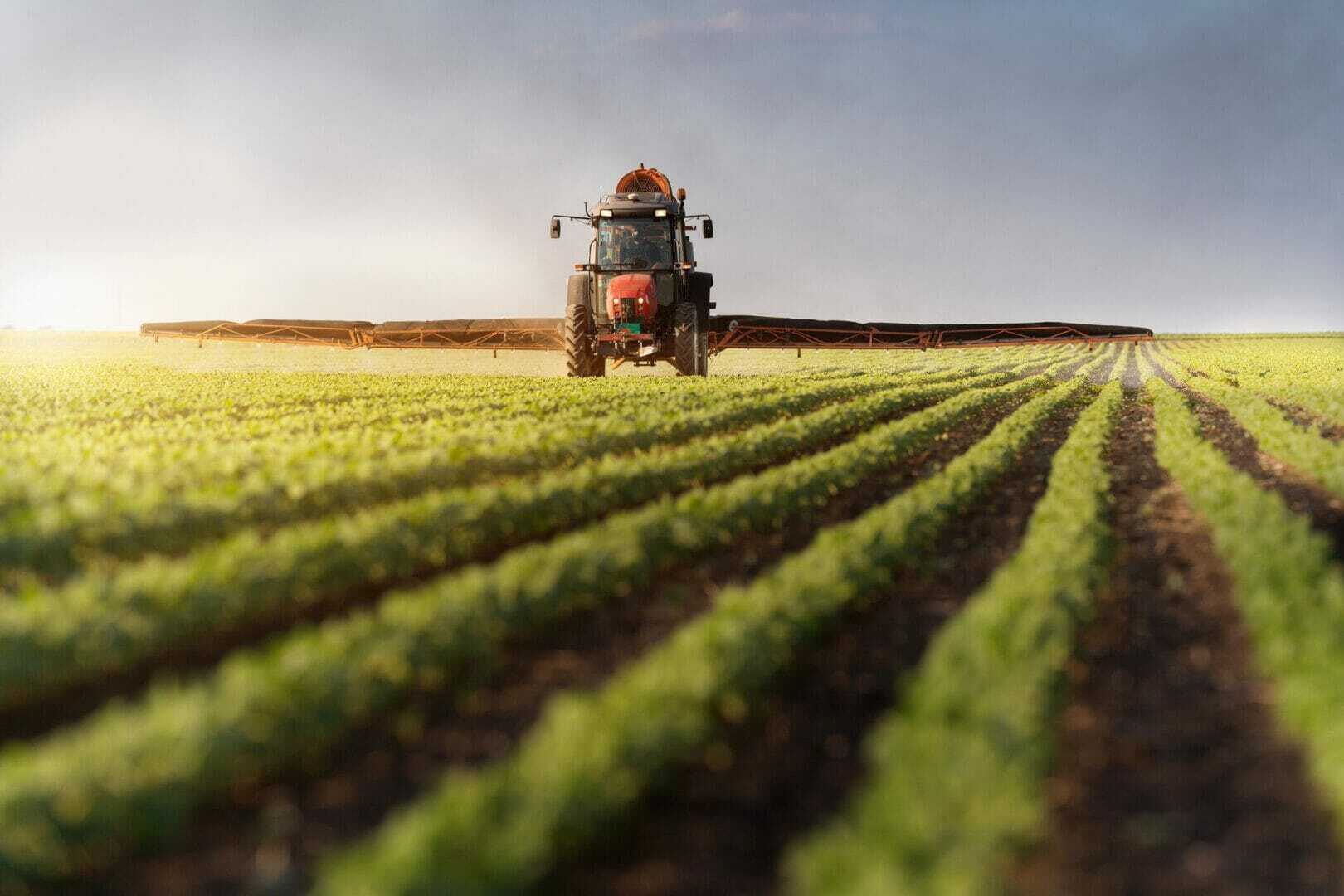 How does the lack of rainfall affect your herbicide program? Phil Long discusses the implications of recent dry weather. #AskTheAgronomist1:15 – Topic introduction3:30 – Importance of residual herbicides5:20 – Implications of recent dry weather9:30 – Herbicide program planning
How does the lack of rainfall affect your herbicide program? Phil Long discusses the implications of recent dry weather. #AskTheAgronomist1:15 – Topic introduction3:30 – Importance of residual herbicides5:20 – Implications of recent dry weather9:30 – Herbicide program planning -
Latham Hi‑Tech Seeds
Ask The Agronomist: Prepping The Seed Bed
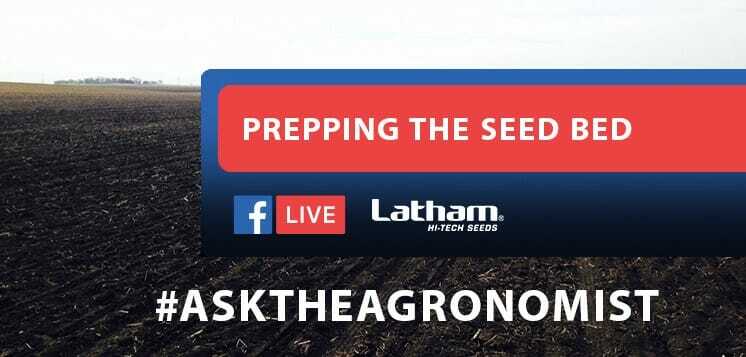
How much tillage is too much? Phil Long discusses proper seed bed preparation and the importance of protecting moisture in the ground. #AskTheAgronomist
:20 – Welcome
1:40 – Topic introduction
3:00 – GDUs, rainfall averages and soil temperatures
4:40 – Soybean germination
5:15 – Conserving moisture in the seed bed
6:40 – Optimal seed depth
7:27 – Soil sealing
10:36 – Cover crops and early termination
11:35 – Final thoughts
-
Latham Hi‑Tech Seeds
#AskTheAgronomist: Planting Depth
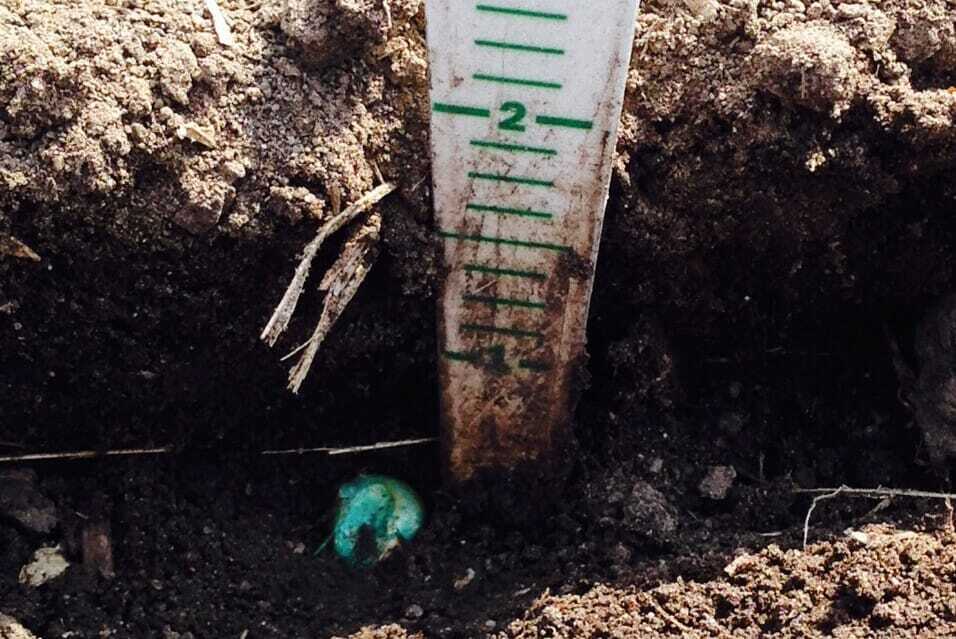 It pays to double check seeding depth! Tune in as Phil Long discusses ideal seeding depth for both corn and soybeans. #AskTheAgronomist:20 – Introduction:50 – Topic overview1:50 – Corn: Why 2 inches?2:00 – Imbibitional phase3:13 – Nodal root development6:25 – Soybean seeding depth7:25 – Soybean seed size9:15 – Final thoughts
It pays to double check seeding depth! Tune in as Phil Long discusses ideal seeding depth for both corn and soybeans. #AskTheAgronomist:20 – Introduction:50 – Topic overview1:50 – Corn: Why 2 inches?2:00 – Imbibitional phase3:13 – Nodal root development6:25 – Soybean seeding depth7:25 – Soybean seed size9:15 – Final thoughts -
Latham Hi‑Tech Seeds
Effects of Early Planting
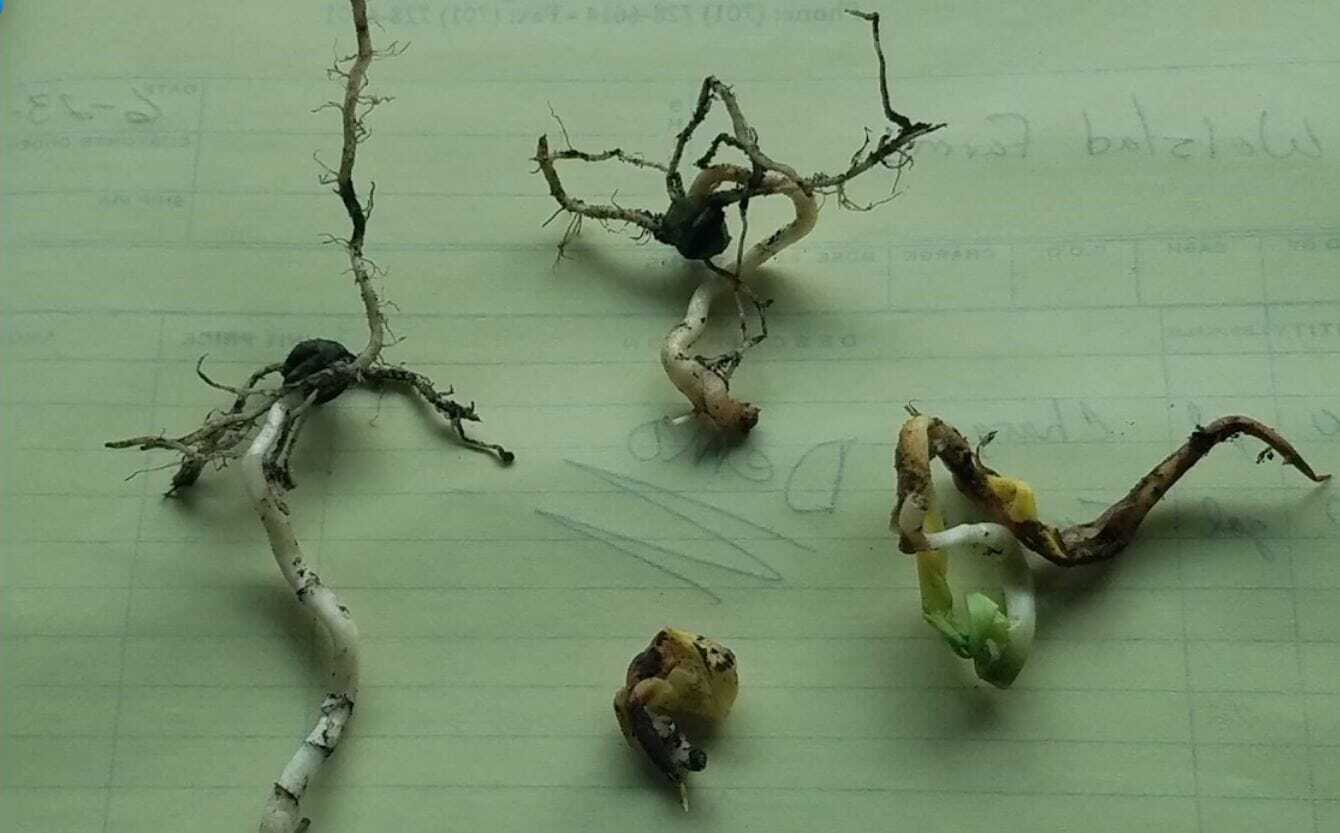 Do cool soils affect corn or soybeans more? Tune in as Phil Long discusses how cold temps affect corn and soybeans differently. #LathamSeeds0:12 — Welcome & topic introduction2:00 — Days to emerge5:50 — Corn cold injury potential8:15 — Soybean cold injury potential10:35 — Forecast of opportunity
Do cool soils affect corn or soybeans more? Tune in as Phil Long discusses how cold temps affect corn and soybeans differently. #LathamSeeds0:12 — Welcome & topic introduction2:00 — Days to emerge5:50 — Corn cold injury potential8:15 — Soybean cold injury potential10:35 — Forecast of opportunity -
Latham Hi‑Tech Seeds
Planting Speed Matters

Dial in your planter speed this spring season. Phil Long discusses the importance of planter speed in relation to efficiency, singulation and yield potential. #AskTheAgronomist #LathamSeeds
:30 – Welcome & Topic Introduction
1:30 – Scenario 1
2:40 – Efficiency & yield potential
6:30 – High speed planters
7:20 – Singulation & speed
10:05 – Final thoughts -
Latham Hi‑Tech Seeds
#AskTheAgronomist: Nitrogen Application

Are you getting the biggest bang for your buck from your nitrogen application? #AskTheAgronomist
1:06 — Welcome & topic introduction
2:26 — Nitrogen 4 R’s: right source, right time, right place
5:30 — Right rate
9:36 — On-farm research with Data Forward
